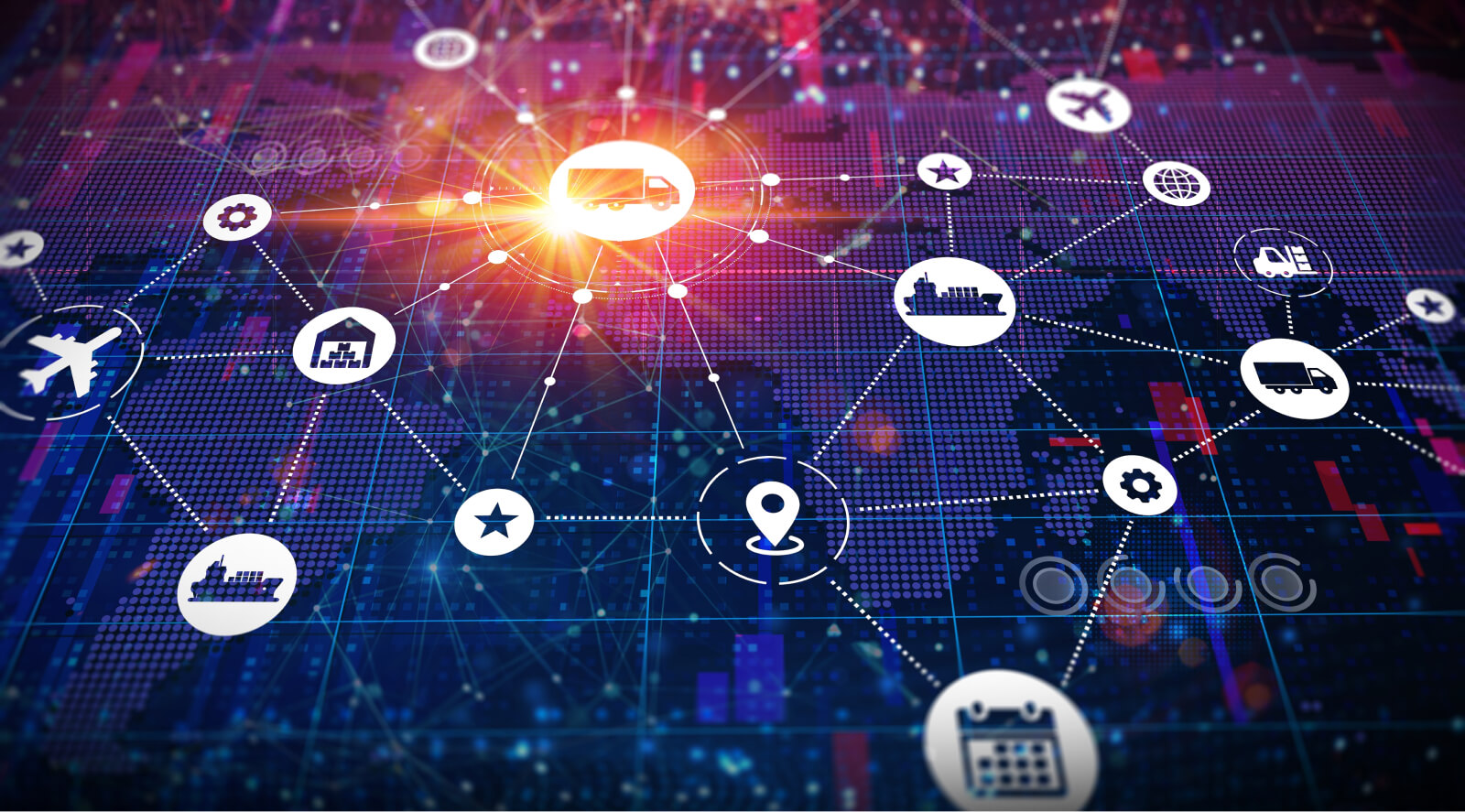
It’s everywhere. AI-powered this. AI-enabled that. And, yes, it’s for good reason — there are very real, very practical and incredibly astonishing use cases for AI in business. Of course, for every company unveiling real innovations, there are countless others exaggerating, or AI Washing.
If you paid attention to NVIDIA CEO Jensen Huang’s keynote at last week’s GTC, the company’s conference that has been referred to as the Woodstock of AI, there was a pretty incredible vision laid out — one that I do not think is hype. In a nutshell, generative AI will soon be packaged into microservices that specialize in a task (NVIDIA calls their’s NVIDIA Inference Microservices, or NIMs), and multiple of these microservices could be deployed to complete a larger, more complex task.
In Huang’s words: There’s probably going to be a super-AI that you use that takes the mission that you give it and breaks it down into an execution plan.
This vision has the potential to truly revolutionize entire industries and the way we work. Borrowing from Huang’s example, let’s imagine what this could look like in the supply chain industry.
You could give a super-AI a goal, such as “minimize transportation costs while maintaining a 98% on-time delivery rate.” The AI would then break this goal down into an execution plan involving multiple specialized AIs, or AI microservices.
One microservice might be responsible for extracting data from your enterprise resource planning (ERP) system, such as SAP. It would gather information about your current inventory levels, supplier lead time, and production schedules.
At the same time, another microservice could retrieve data from your transportation management system (TMS). This microservice would collect information about your current shipping routes, carrier performance, and freight costs.
The data from these microservices would then be passed to a third one like FourKites, using Dynamic ETAs and advanced algorithms to calculate the most efficient shipping routes based on historical data and factors including distance, time and cost.
Yet another could be responsible for demand forecasting. It might use machine learning techniques, like time-series analysis or neural networks, to predict future customer demand based on historical sales data, market trends, and external factors like weather or economic indicators.
The results from each of these could then be combined by a final microservice that specializes in inventory optimization. It could be trained to use techniques like multi-echelon inventory optimization or stochastic dynamic programming to determine the optimal inventory levels and reorder points across your supply chain.
Finally, the super-AI would compile the results from all these microservices and present you with a comprehensive supply chain optimization plan, complete with analysis. This plan could include recommendations for adjusting production schedules, reallocating inventory, changing shipping routes, or renegotiating supplier contracts. You could receive these optimized plans on a daily or even hourly basis, allowing you to continuously adapt your supply chain to changing conditions.
By breaking down the complex task of supply chain optimization into smaller, specialized tasks, a super-AI could achieve high-impact results more efficiently and effectively than any single AI system or human planner.
But a super-AI isn’t here yet. In reality, supply chain professionals have a lot of work to do to ensure they’re even capable of taking advantage of such advanced artificial intelligence.
First and foremost, we have very real challenges in data integration and quality. Gathering data from disparate systems like ERP and TMS is not a trivial task. The data may be in different formats, have inconsistencies, or be incomplete. Considerable data cleansing, harmonization, and governance efforts are required to ensure the AI models are working with accurate and reliable data.
We’re also still learning which AI and data science techniques are most effective for different scenarios — and the results aren’t always reliable. Even when AI is providing reliable recommendations, human decision-makers need to interpret the results, consider business constraints, and make final choices. The role of people cannot be overlooked.
Additionally, given the massive amount of supply chain-relevant data that exists, the computational complexity of the optimization problems could be immense. The frequency of updates and benefits of responsiveness must be balanced with the costs of computation and data processing. If your IT bill is more than your supply chain cost savings, then what’s the point?
Despite the obstacles, I am incredibly energized by the ways AI can transform supply chains. Already, generative AI has helped shippers respond to disruptions more quickly.
For example, in December 2023 when the Red Sea attacks first began, FourKites added an enhancement to its platform to tag shipments that were impacted by the Red Sea re-routing. Users can use FourKites generative AI assistant, Fin AI, and simply ask to see the full list of shipments impacted by disruptive events, including the 11,500 shipments that have avoided the Red Sea.
Since then, Fin AI has seen a 62% increase in new users, with queries around supply chain disruption comprising over 40% of total queries related to the event.
But this is just the beginning — we have only scratched the surface of what’s possible with AI. And I can’t wait to see what comes next.